Why You Need to Deload

As tempting as it is to go for a PR every session, there are much smarter, sustainable ways to make progress in the gym. In addition to organized rest days, a deload training block is the best way to make long term progress and stay injury-free.
It may seem counterintuitive but, after a break, you’ll be able to come back stronger and continue to make sustainable progress. Studies show that athletes on a periodized training schedule with built-in deload blocks have a greater increase in 1RM than athletes not following a periodized schedule.
When to Deload
Just as rest days are key to weekly training plans, deload blocks are a crucial part of any long-term training plan. Deload blocks allow your body to recover from the accumulated stress of training and prepare for a revamped training program.
Most deload blocks are 5-7 days in length and occur every 7-8 weeks according to popular plans like Beyond 5/3/1 and The Juggernaut Method. The length and frequency of your deload blocks will depend on the intensity and frequency of your training as well as your competition goals and schedule.
Skipping rest days and forging deload blocks can also have greater consequences than plateaued progress. Without proper recovery (both sleep and nutrition play a role here), you’re at risk for overtraining and injury. Overtrained athletes experience a decline in performance and are more susceptible to repetitive stress injuries like stress fractures, shin splints, and bursitis.
Suggestions for De-loading
Deload training is the perfect time to focus on mobility, proper form, and conditioning. Mobility is more than just a recent buzzword, this system of training prioritizes articular (joint) health and functional movement patterns. Examples of mobility drills for lifters include thoracic rotations, shoulder internal/external rotations and cat/camels for the spine.
The most popular way to deload is to keep the same amount of training volume (reps and sets) but to lower the weight to about 50-60% of what you normally lift. Take this time to focus on mobility and accessory work.
Another option for deloading is to keep the weight consistent but lower the volume (reps and sets) to 50-60% of your normal volume. This is the perfect time to pay attention to proper form and reassess unilateral strength to help correct imbalances and prevent future injury.
Although it’s tempting to turn your energy to all-out cardio workouts, racking up the miles won’t allow your body to properly rest and recover. Studies recommend reducing training intensity to 50-60% for active recovery. Take the time to pay attention to your body’s cues, refuel with nutritious foods, and stay active in ways that you enjoy.
Low intensity exercises are defined as less than 50% max heart rate. You should be able to easily hold a conversation while you’re doing them. Yoga, pilates and active stretching are go-to choices for deload blocks. Activities like walking, hiking, and swimming also boost circulation and help reduce muscle soreness while also lowering levels of stress hormones.

While deloading or taking a rest day, it’s important not to neglect sleep and nutrition. Take the time to meal prep and freeze the leftovers for busy weeks or spend time revamping your bedtime relaxation routine.
Muscles are stressed during training but built and repaired outside of the gym. Although you won’t see noticeable gains during a deload phase, that doesn’t mean you can skimp on nutrition or cut calories too far below maintenance.
Research suggests about 2 grams of protein per kg of bodyweight for people looking to build muscle. This especially comes into play when looking to gain muscle and lose fat.
Carbohydrate recommendations vary from 3-10 grams per kg of bodyweight depending on age, sex, and activity level. The often-criminalized carbohydrates are the body’s main energy source and vital for both training and recovery. Carbs are also vital for organ function and can help with protein absorption.
Finally, fat should account for 20 to 35 percent of total calorie intake. This macronutrient helps the feeling of satiety (fullness), digestion, and is essential for daily functions.
Use the time spent outside of the gym to refuel with nutrient-dense food and prioritize sleep.











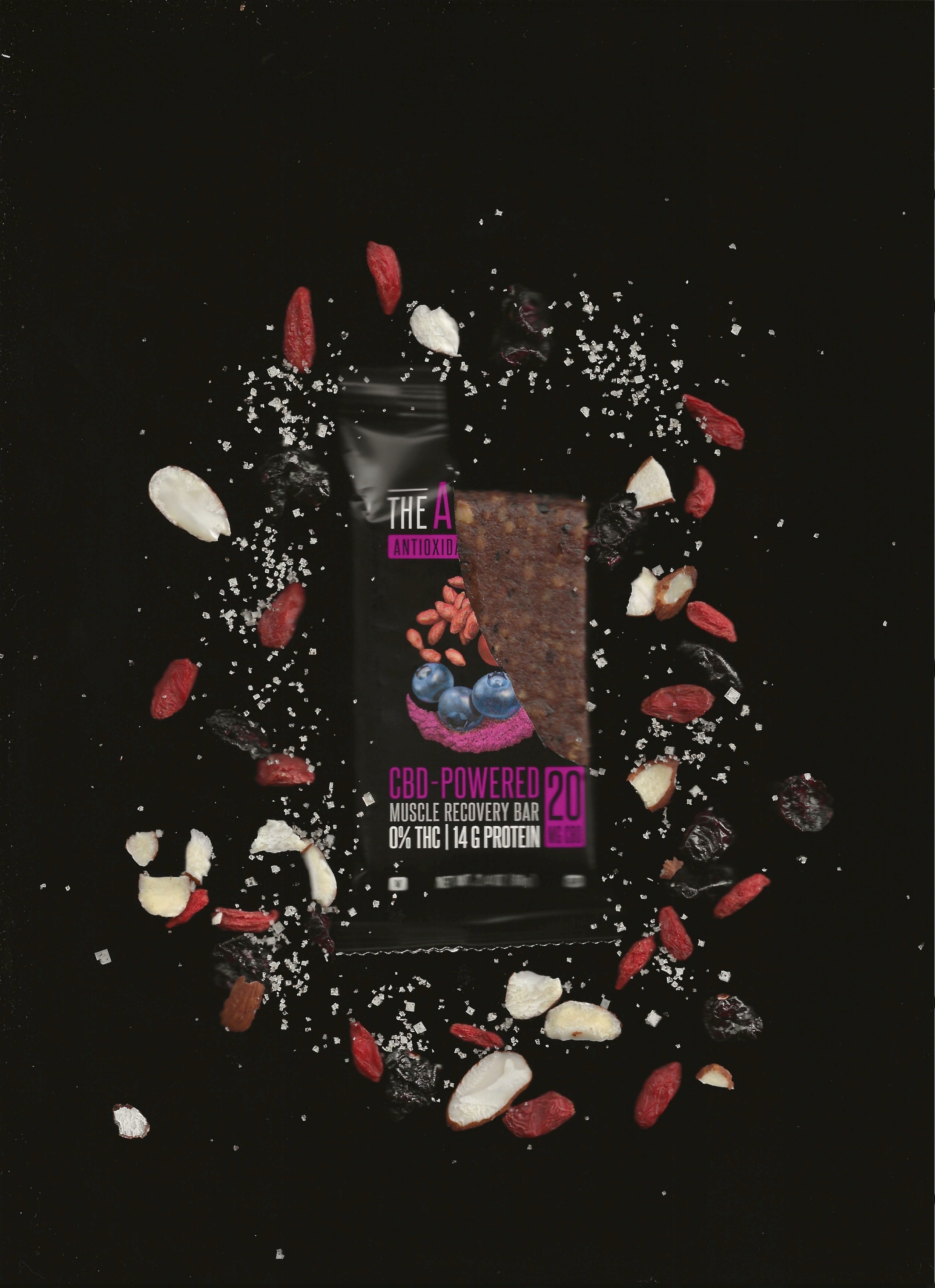
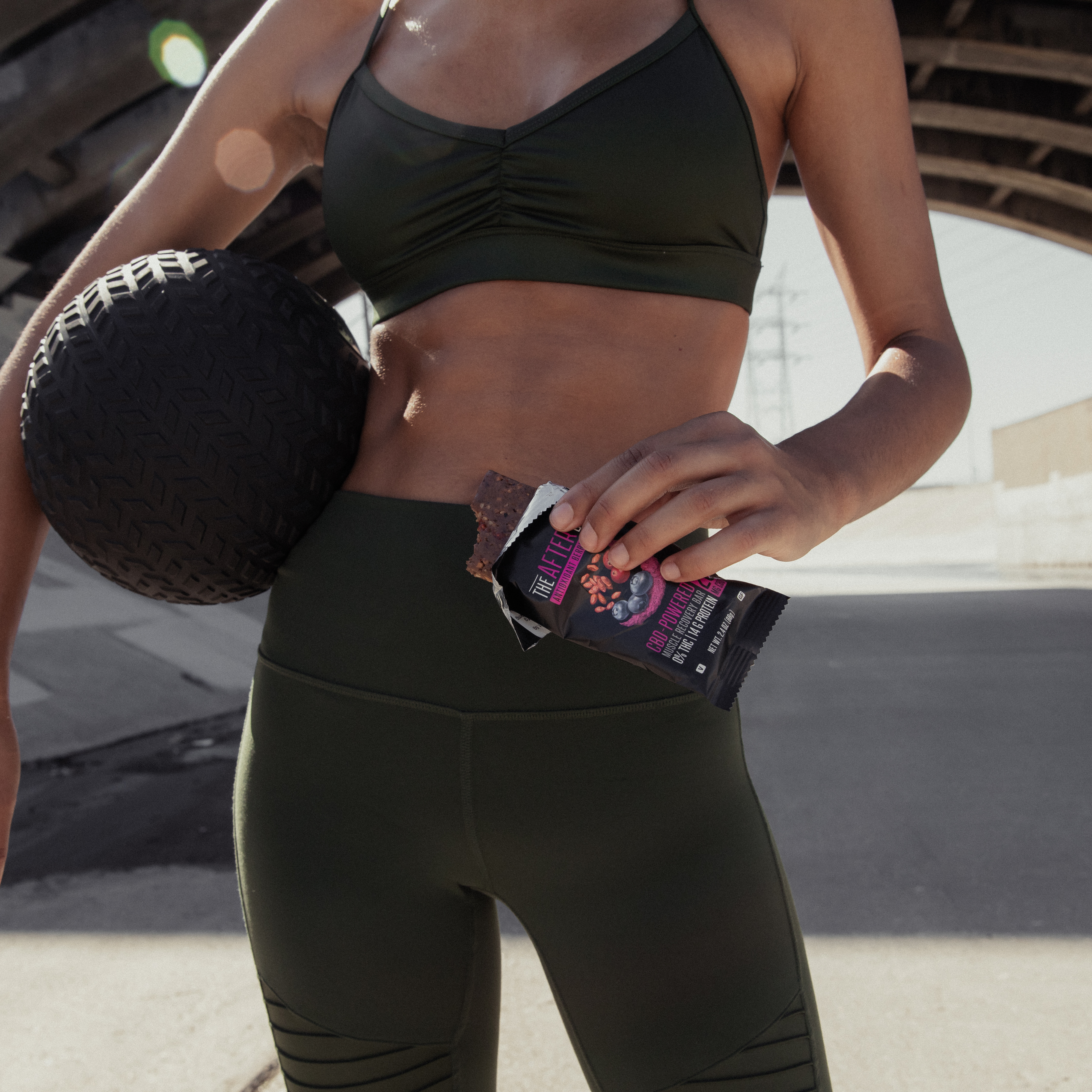

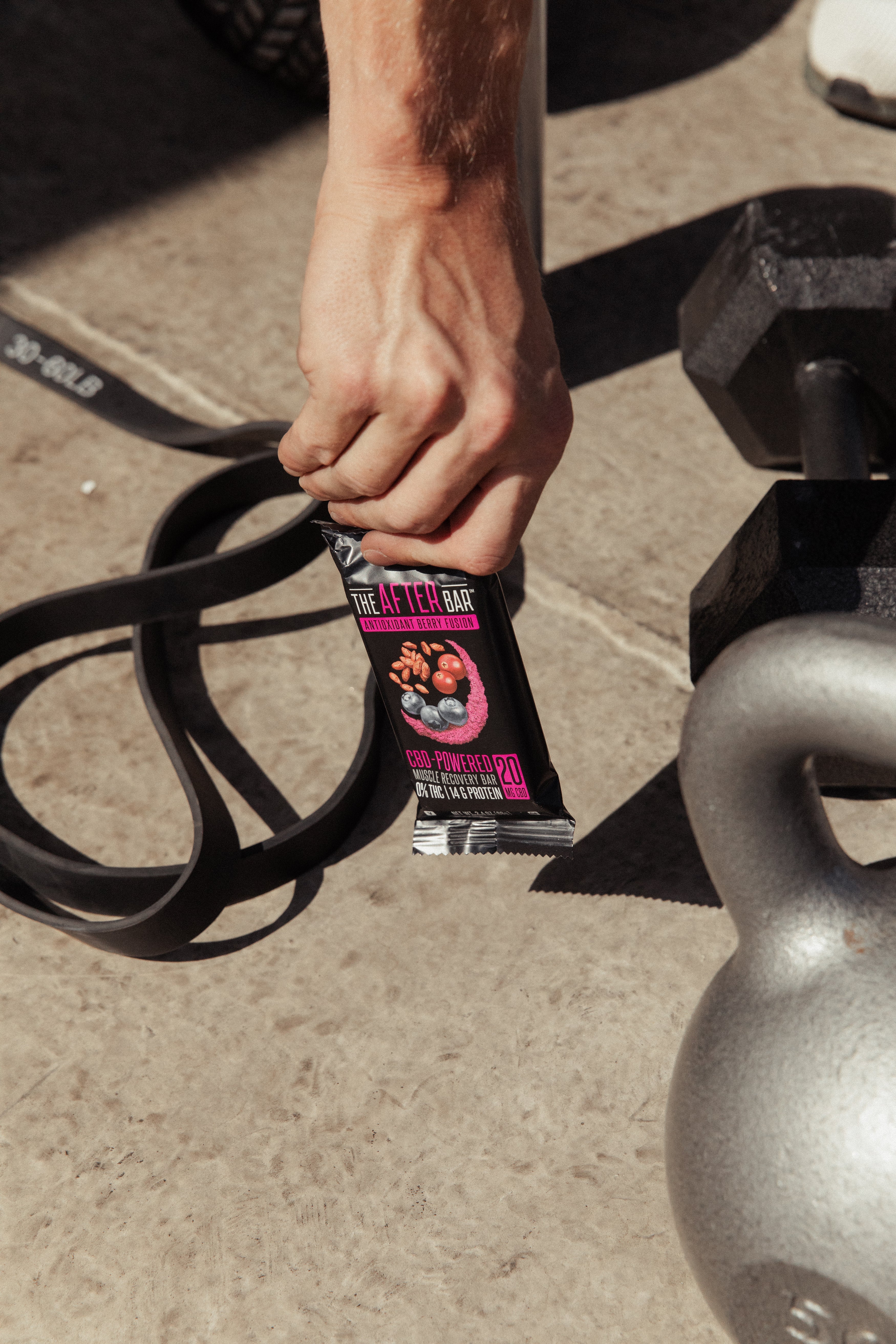

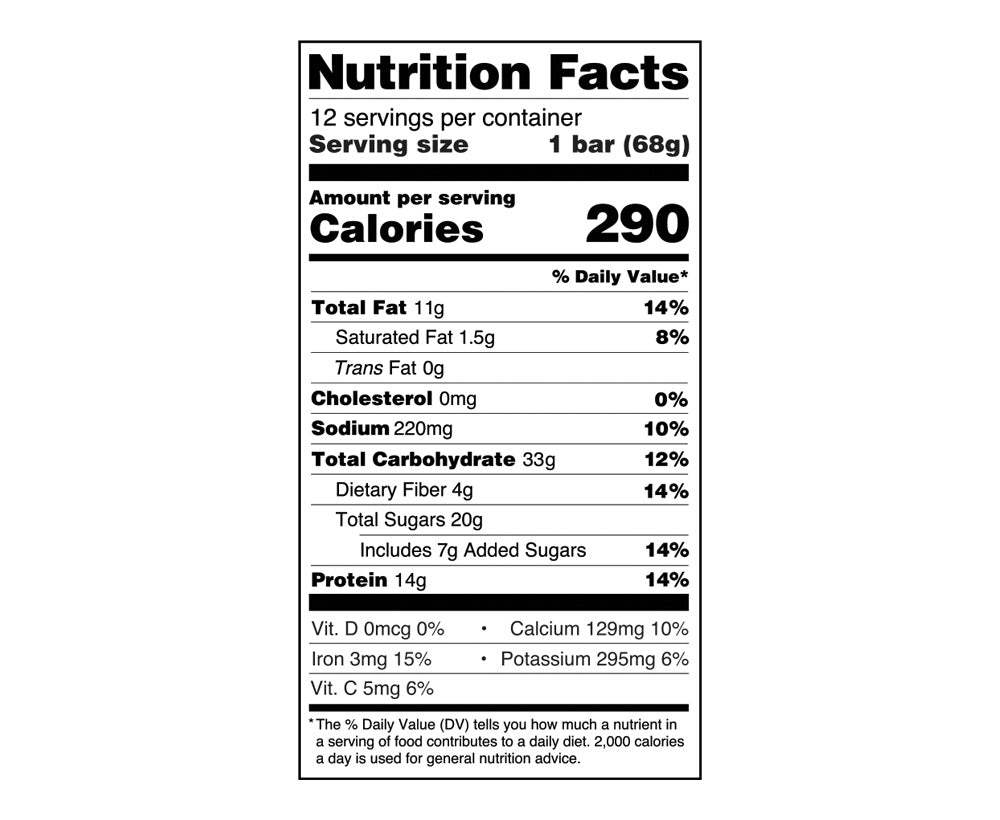




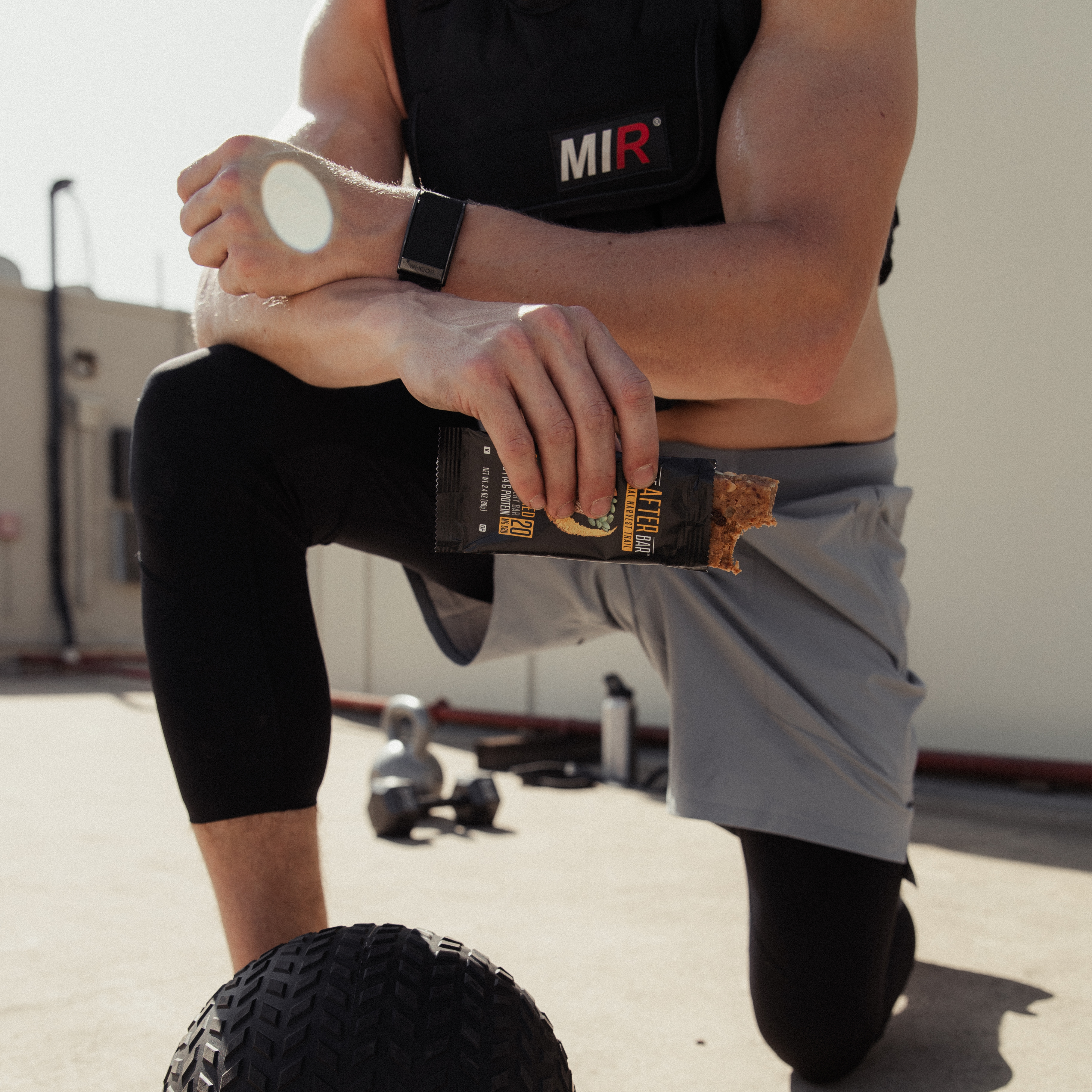
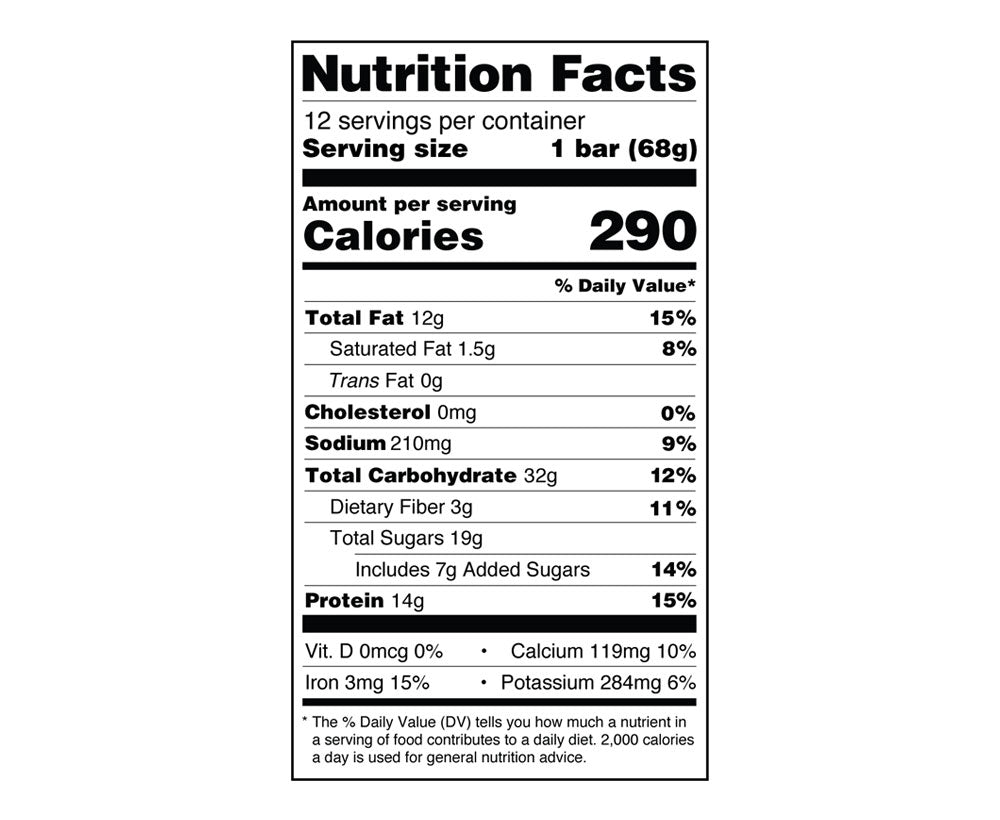
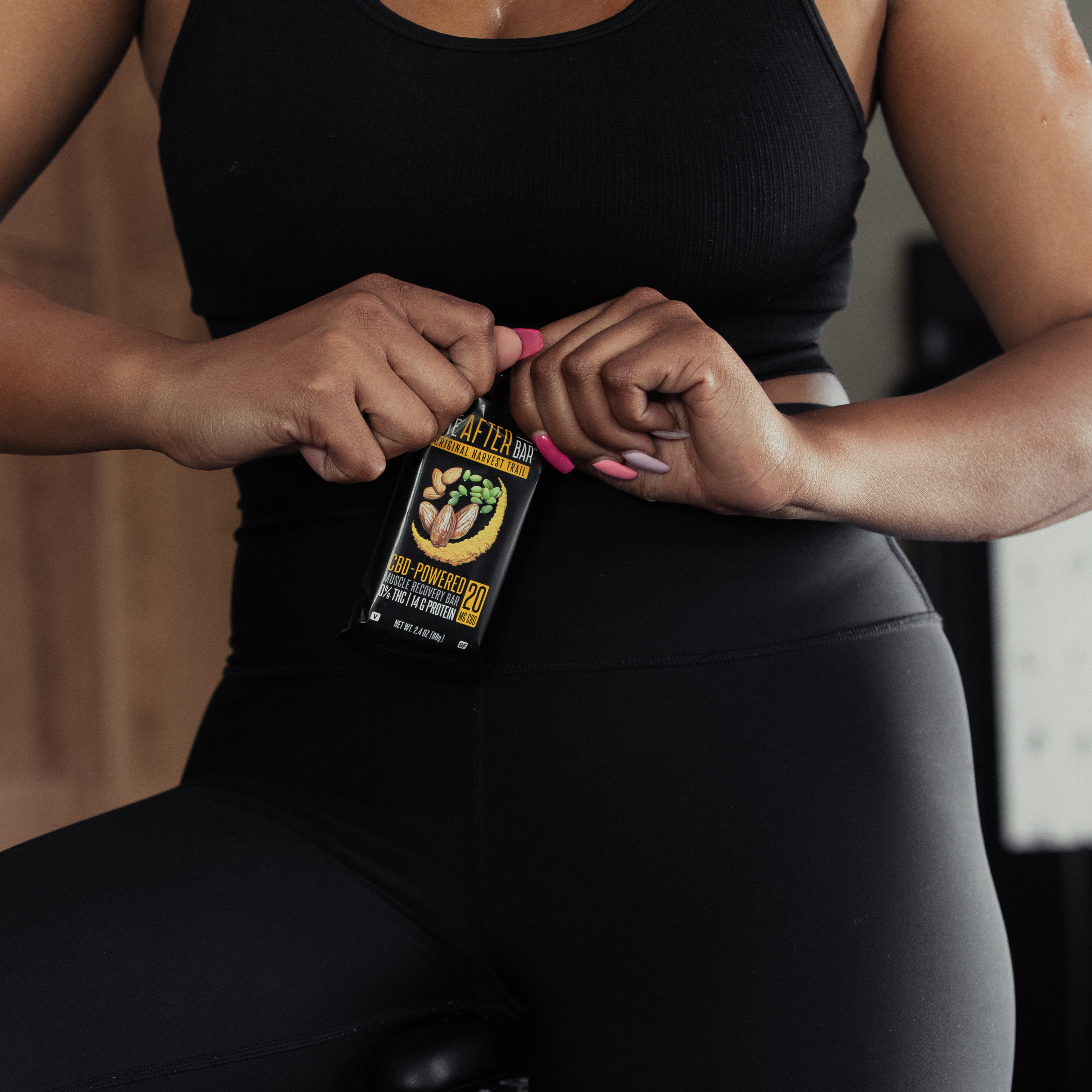

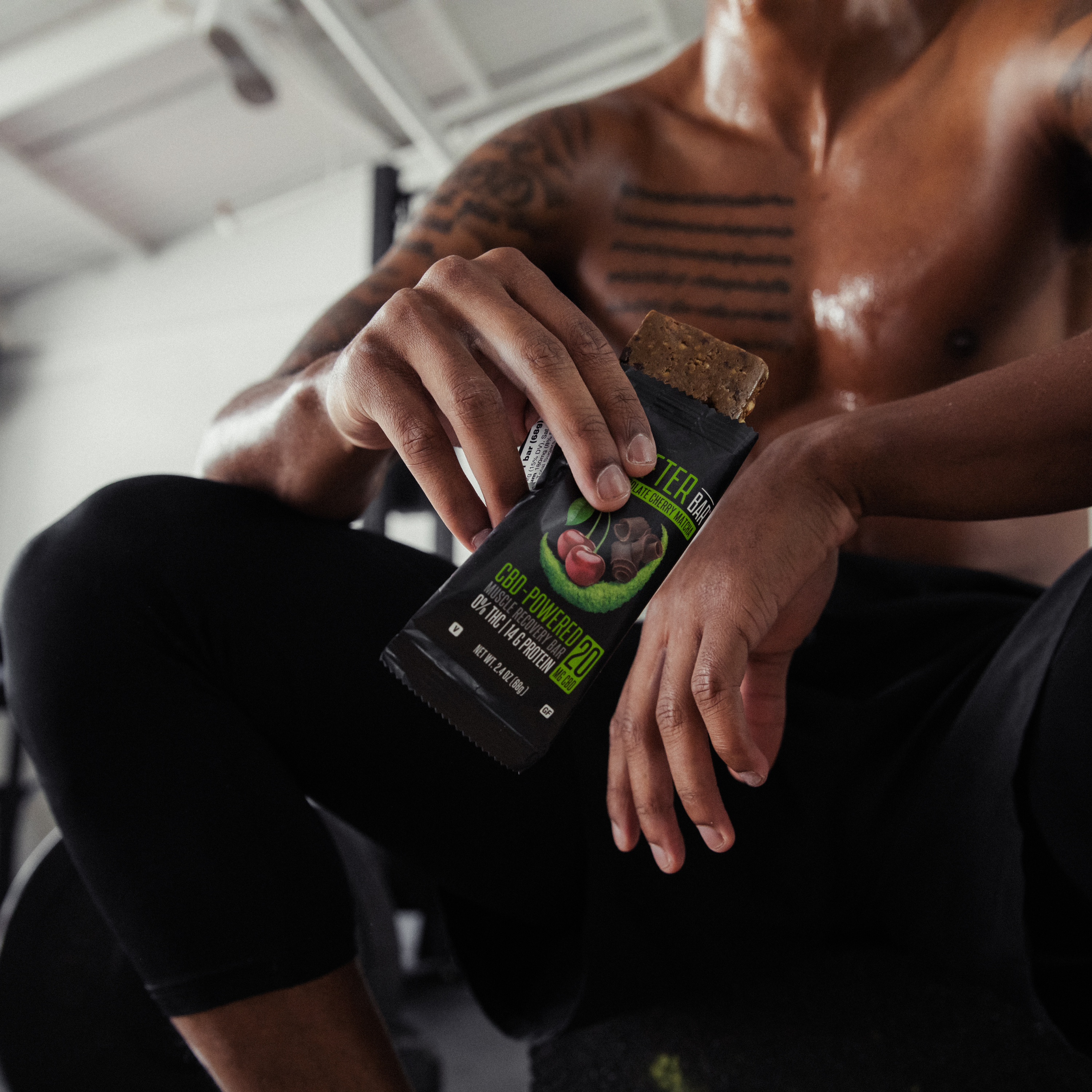


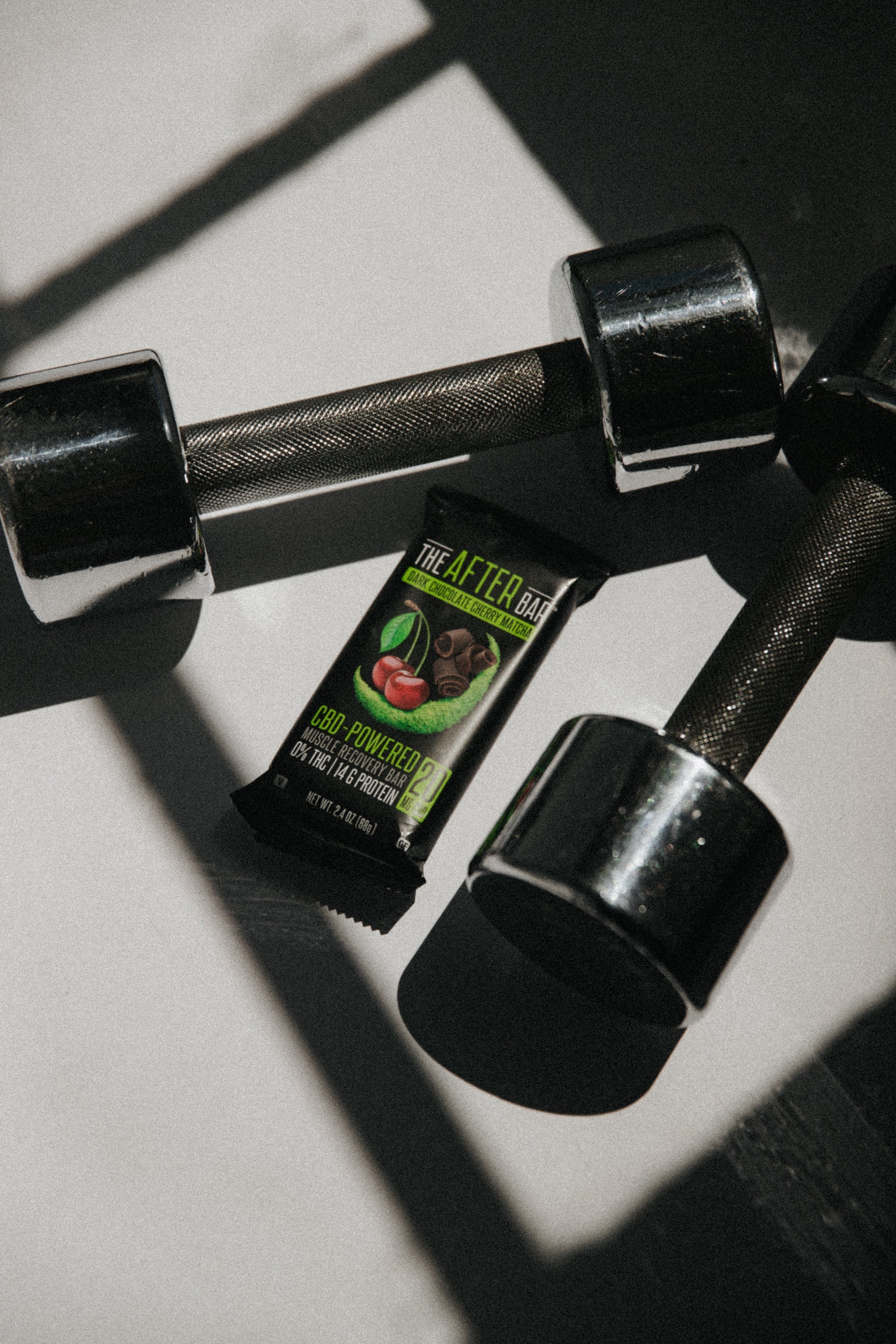

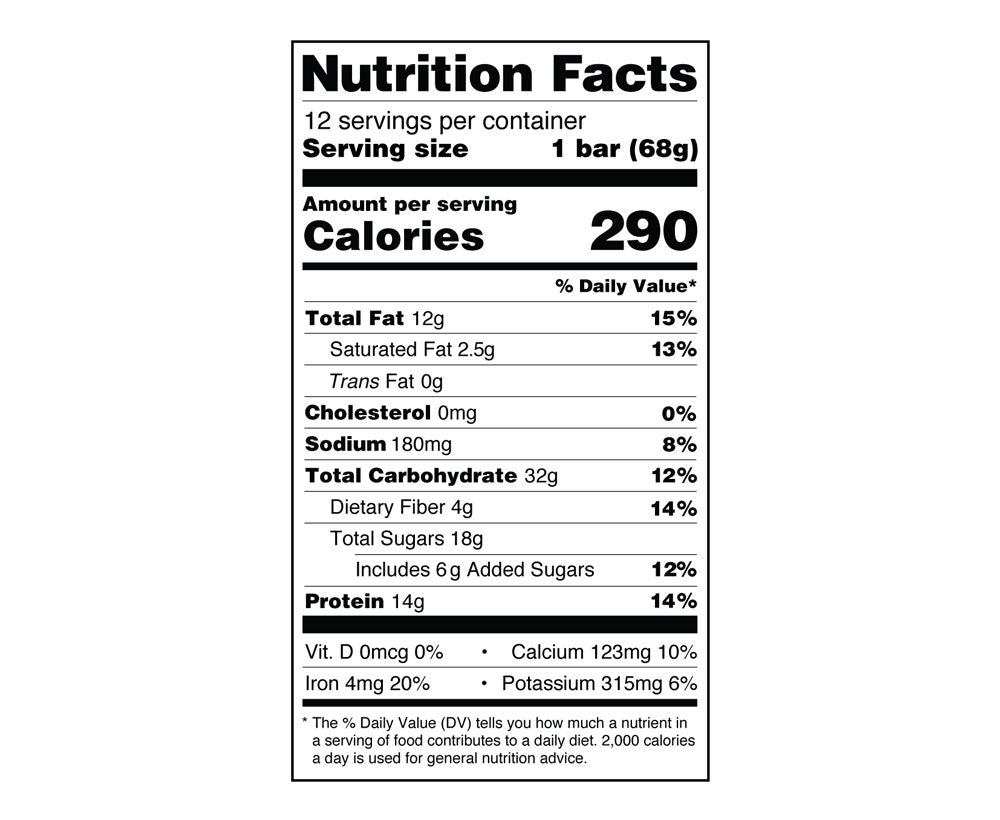
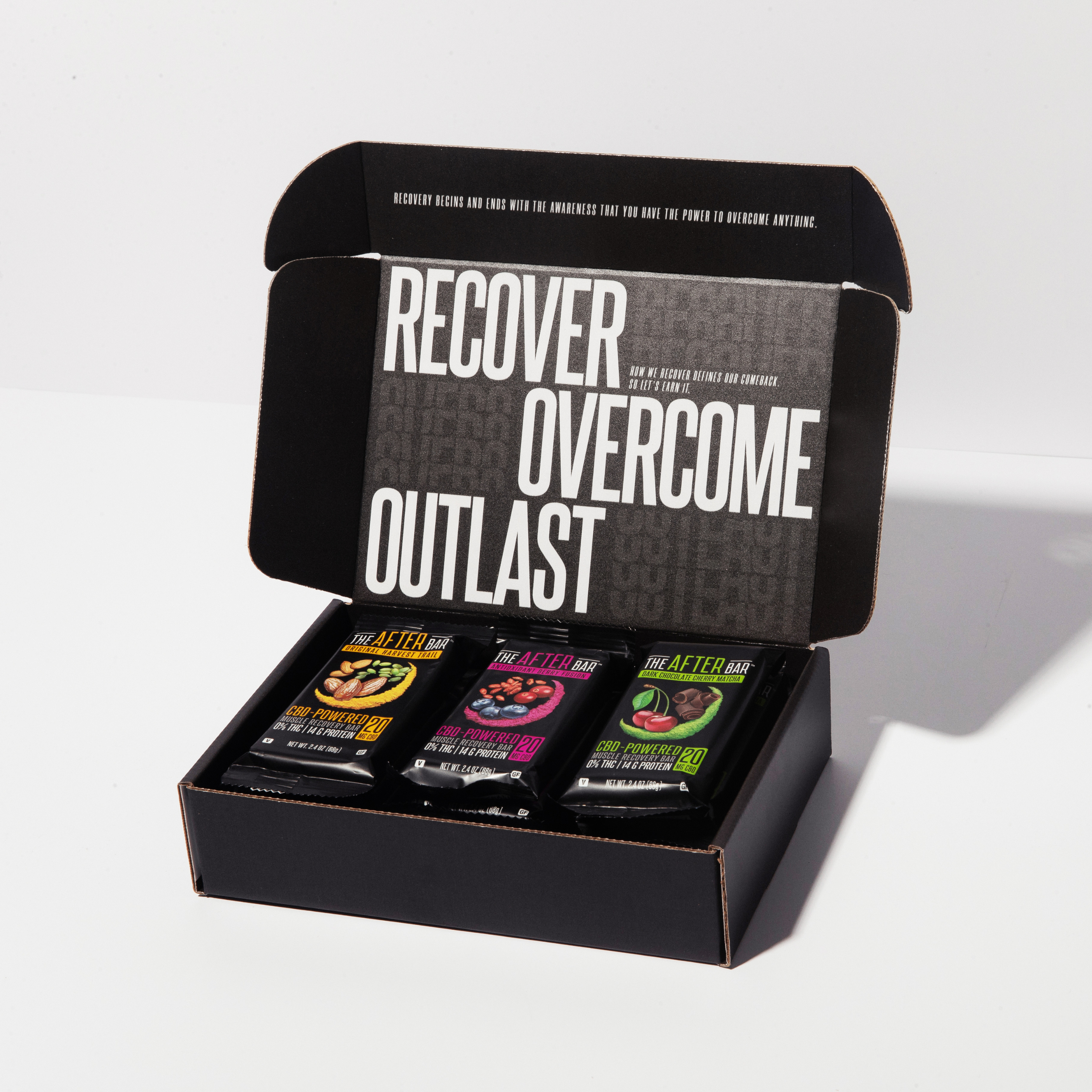
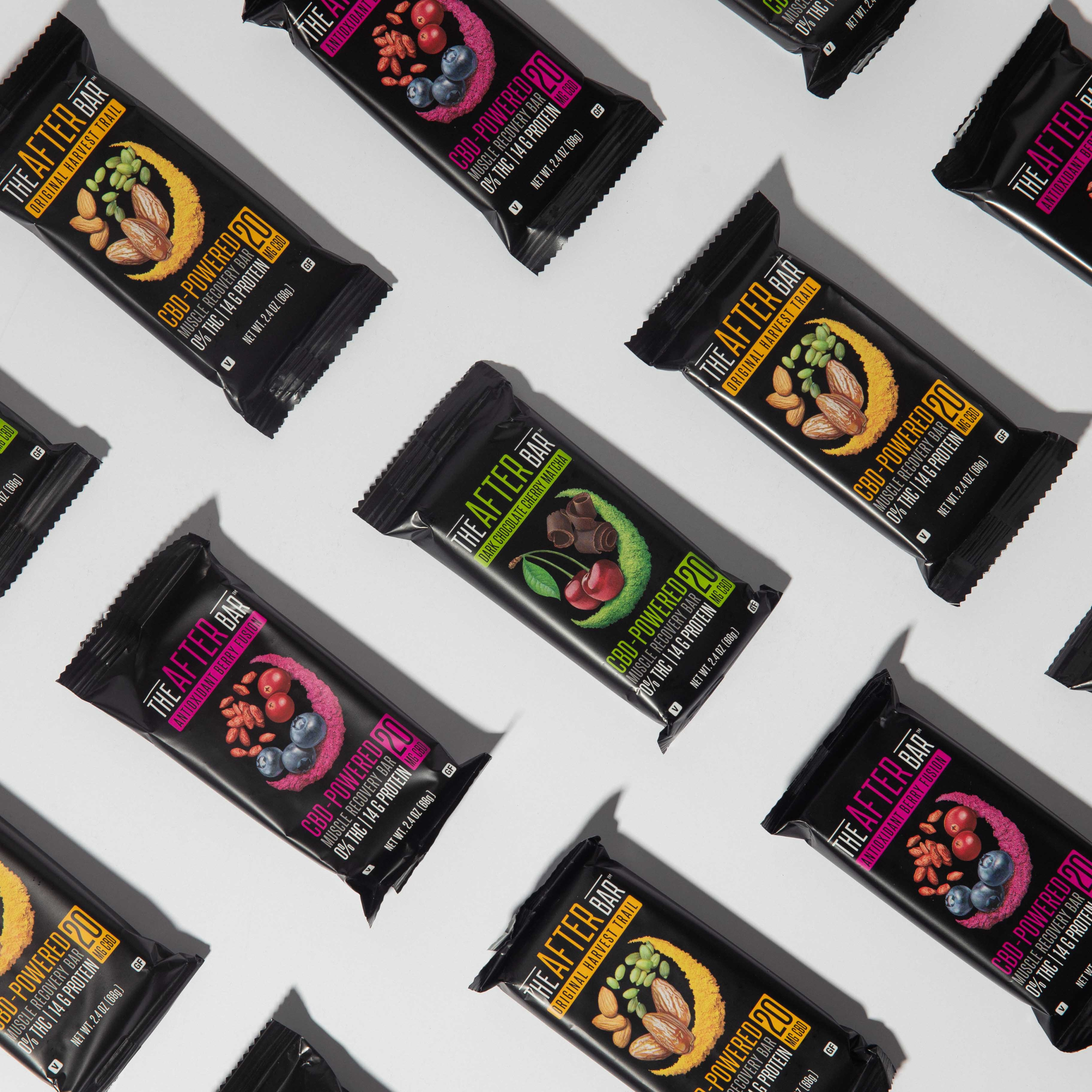

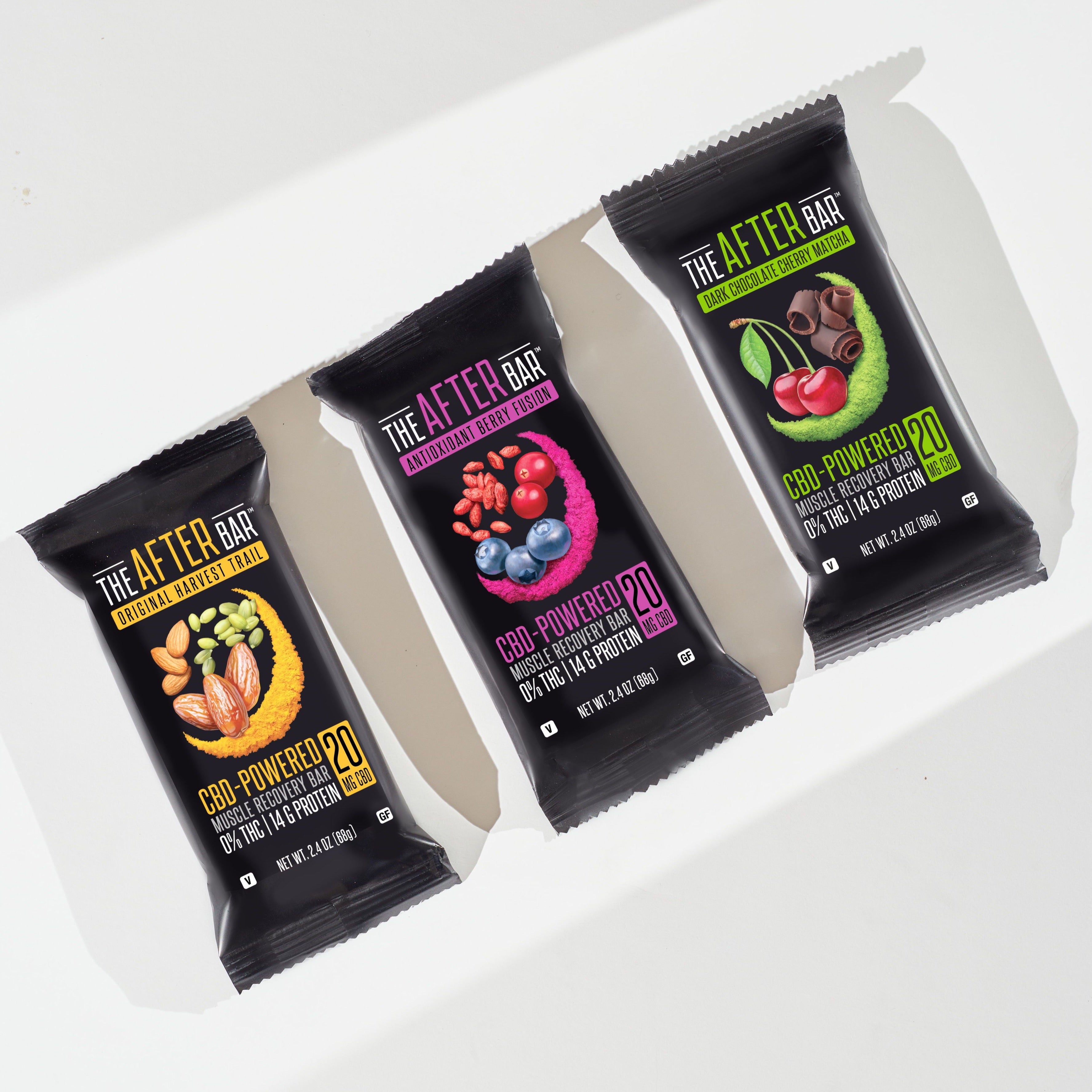
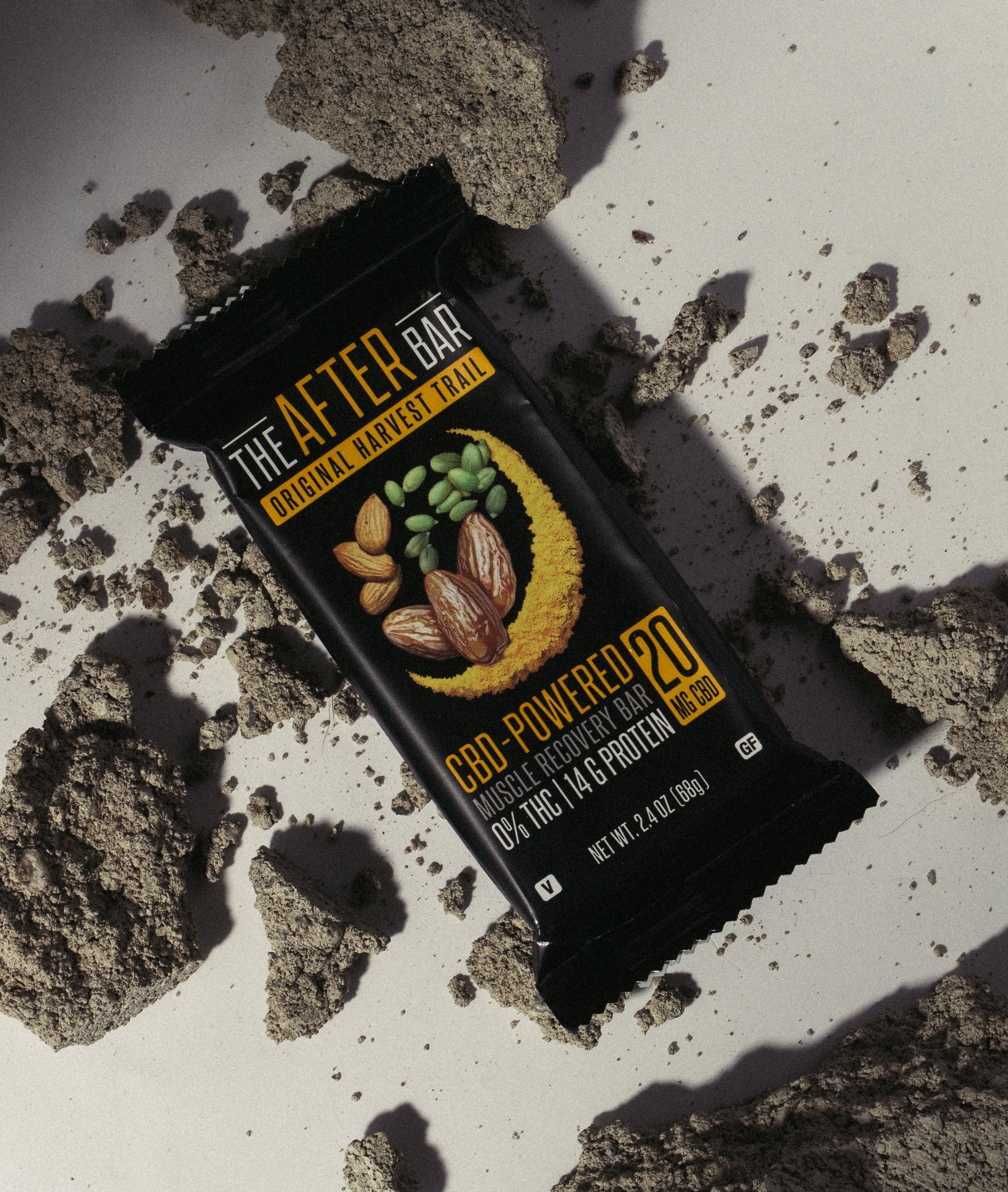
Leave a comment